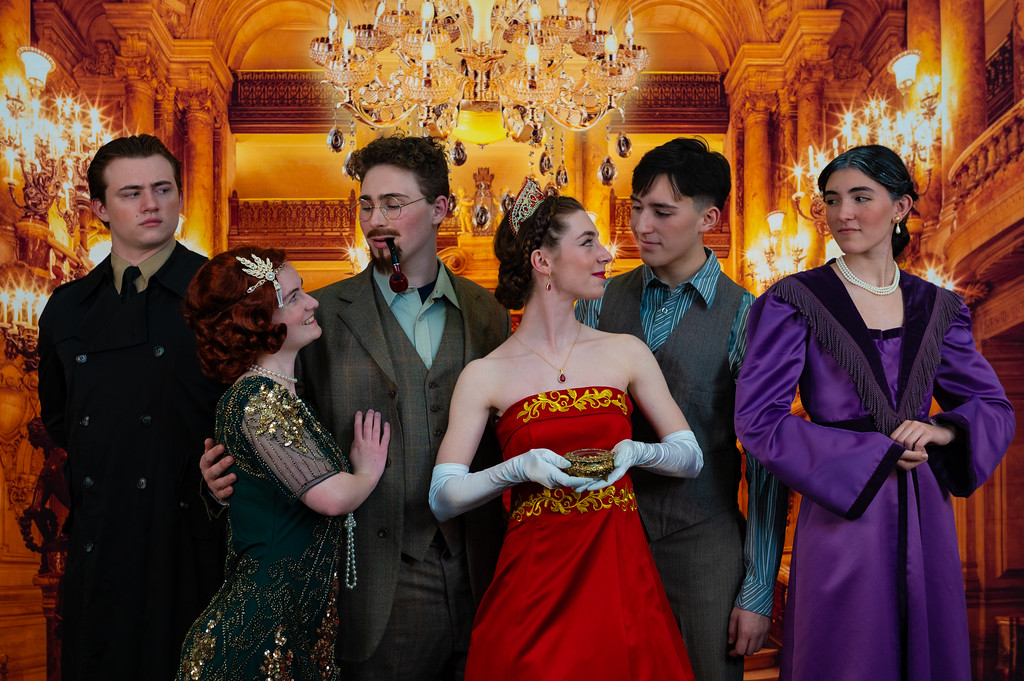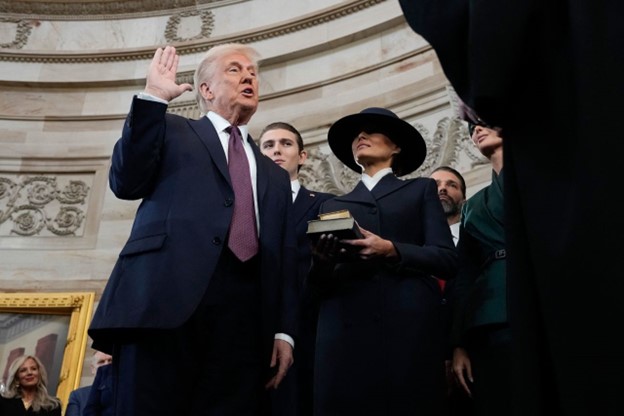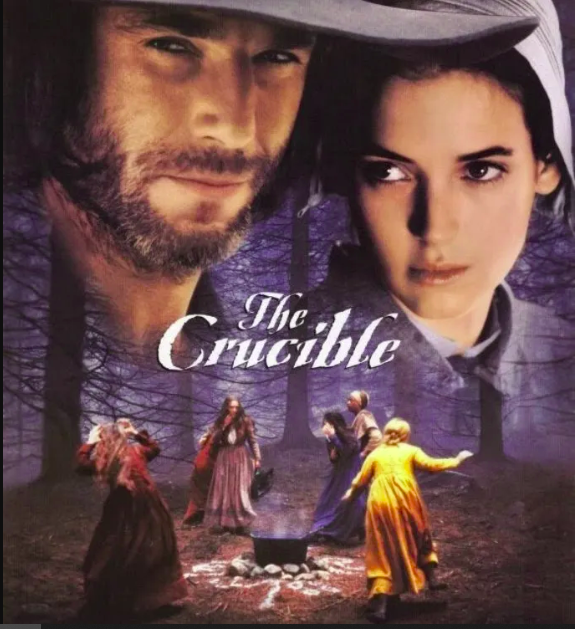The Crucible: Book vs. Movie
February 9, 2023
The Crucible, written by Arthur Miller in 1953, is a play following the town of Salem throughout the witch trials of 1692. In 1996, a movie adaption of The Crucible came out, also written by Arthur Miller and released under the same name. Oftentimes, when it comes to movie adaptations of written works, audiences can find them to be very hit or miss. People recount having fond memories of watching the Harry Potter series as well as reading it, but when comparing the first Percy Jackson movie to the book, people show nowhere near as much admiration for the movie adaptation. Most reviews of The Crucible movie fall somewhere in the middle of the scale; audiences don’t overtly hate it, but the movie isn’t anywhere near a masterpiece.
Regardless of its quality, both the original story and movie adaptation were worked on by Miller. The two don’t follow the exact same events, though; in the movie, Miller adds a few new scenes, such as Abigail Williams visiting John Proctor during his time in prison, as well as Abigail accusing Reverend Hale’s wife of witchcraft and Judge Danforth rejecting the accusation. Most of the additional scenes in the movie provide a better understanding of events that happened before the story began or simply paint a better picture for watchers—the affair between Abigail and John, the corrupt nature of the court cherry picking which accusations to believe, the gruesome executions that innocent people were forced to endure—all of these are shown and translate much better in the format of a movie rather than a story being written and told in a linear manner.
The written work also features an extra scene that Miller ultimately decided to remove from the final product. The scene features John confronting Abigail and telling her to either admit her fraudulent behavior, or that he’ll bring evidence in the form of Mary Warren, another girl responsible for spreading accusations, and make her tell the judges the girls are all lying. Abigail responds in a maniacal way, claiming she’ll make a good wife for John and that she still feels pain of the witches that come to hurt her every night. The scene quickly makes out Abigail to be looking for more than just vengeance—she comes off as deranged rather than someone who struggles with jealousy and a fear of punishment.
While Miller never gave a concrete reason as to why he removed the scene, readers theorize that it was the sudden and drastic change in Abigail’s personality that motivated Miller to do so. Perhaps it didn’t portray the type of person he wanted Abigail to be, or perhaps it made John and Abigail’s relationship too obvious to readers. Either way, the movie also doesn’t feature the scene, and despite Miller striking it from both sources, people still acknowledge it and take into consideration how it may have affected the story.
Whether you prefer the movie or book version of The Crucible, both have minor differences that are still worth examining. The written version comes off as being much more conversational and linear, while the movie focuses more on the elements of fluid storytelling. Each version has been created with the consideration of what would suit it best, and seeing those differences shows the vision Miller held for the story, allowing for a deeper examination and a deeper understanding of The Crucible.


























